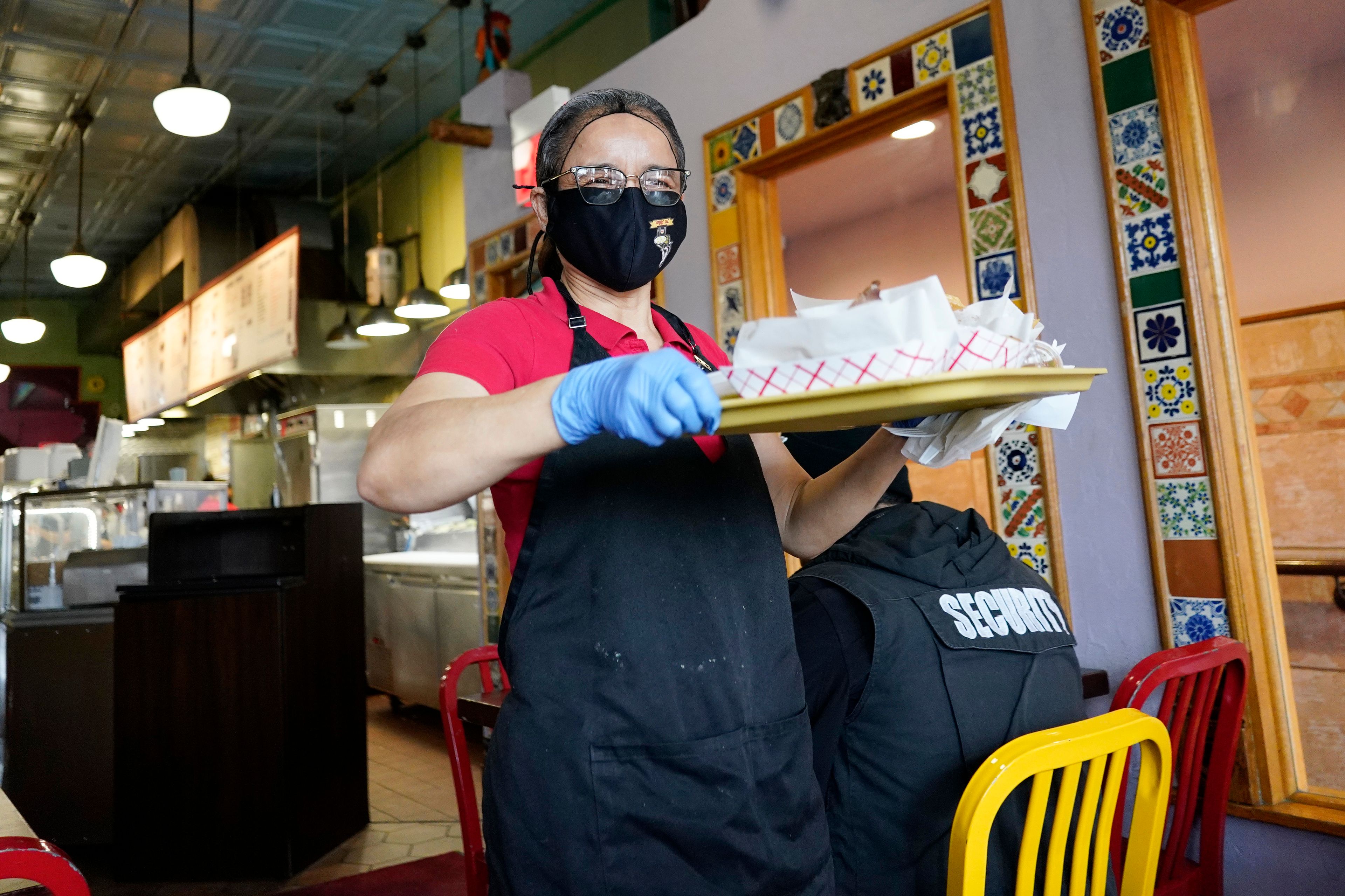A field trip? Sure.
Educators are always up for exploring. Our local retired educator’s group took a retreat into the previous century of the agricultural world. The Eastern Washington Agricultural Museum in Pomeroy restored vivid memories for some of us, and for others, the recalling of hard-life stories about farm life in our area. Our ancestors were pioneers, inventors and adaptors.
The Homestead Act of 1862 allowed adult heads of households or anyone at least 21 years old to claim 160 acres of surveyed public land for a small filing fee. To keep the land, the claimant had to live on it continuously for five years and farm it. The process for acquiring the land involved three steps: filing an application, improving the land and filing for a deed of title.
My mom’s grandparents, the Koles and Denneys, homesteaded land around the Reubens area. Their crops were mostly wheat and barley. It was sunup to sundown walking, following two horses plowing or harrowing. Grain stalks were cut by hand and bundled. Like today’s crops, success depended a lot on the weather.
Farmers of the area devised a plan to make life easier. They would help each other. They staggered their planting so the harvesting of grain would be staggered. The men traveled from farm to farm to help with jobs lasting many man-hours. The more hands, the faster the planting and the reaping. How smart was that?
Wives and children were involved, too. The family hosting the workers was in charge of the hot dinner food (noontime meal) and other farm wives brought things like salads and desserts. The food was carried from the farmhouse to the men, but if they were working close to the house they were served in the yard.
Farmers kept up with new inventions. A riding machine pulled by horses with a double plow and harrow made the planting easier and faster, but harvest was still a long, back-breaking job. Then came the thresher. Bundles of grain were thrown in and grain was separated, caught in a gunny sack and sewn tight by a man for transportation to the flour mill in Reubens. What a time-saver. Farm families pooled their money and purchased one with wheels to be moved by horsepower from field to field.
Life became easier for women, too. A cookshack, a long wooden structure with wheels, was built so it could move to the next harvest location. It was the original “Meals on Wheels.” The building was home for the hired cook the entire harvest period. On one side was a tiny cast-iron woodstove, and a cabinet with shelves for storing dishes. Food was served on the top of a cabinet just inside a fold-up window. At the rear was a wooden chair and small table. On the other side was dishwashing tub, dish clothes and pot holders. Small racks held spices and cabinets stored food supplies. At the end of the cabinets was a narrow sleeping cot for the cook.
My aunt became the paid cook for the threshing crew at the age of 16. The farmers brought food Sunday afternoon, she sorted it, planned menus for each day’s noon meal, cooked it, served it, then heated water and washed up the dishes.
A water boy brought out buckets from the farm house several times a day. One bucket was for drinking, one for washing up and one for cooking. The water boy became the cook’s helper when he wasn’t hauling water. He gathered wood for the fire, peeled potatoes, chopped onions — whatever the cook needed to have done. That was my uncle’s job while they were doing the Kole’s field. He hated that job.
On the last day of harvest, the host farmer’s wife made a huge dessert to celebrated the finishing of another field. It was hard work, yes, but the comradery and friendships lasted a lifetime. Each farmer was thanked by the flour mill with two large bags of flour in beautifully printed flour sacks. The families enjoyed the fruits of their labors and every girl in the area sported a new dress made from the flour sacks. Oh, how farming has changed.
Chase Hoseley is a freelance writer and retired kindergarten teacher who lives in Clarkston. She can be reached at shoseley8@gmail.com.









